These 11 Home Upgrades Reduce Your Carbon Footprint — Here’s How Much They Cost
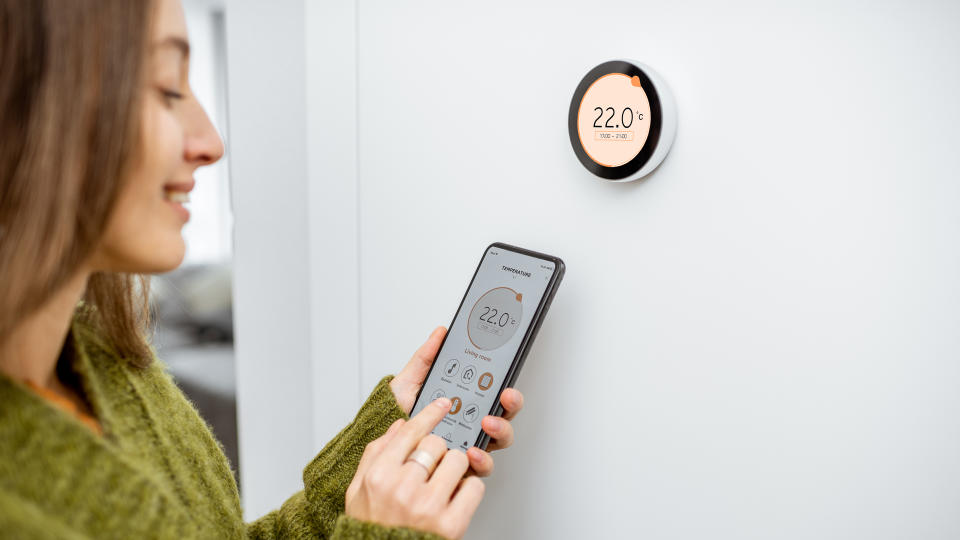
Though the pandemic, at its height, radically slowed down the world and all but shut down air travel, the climate change crisis continued to worsen. 2020 was one of the warmest years ever recorded and the tail end of the warmest decade to date. We're long overdue in seriously and effectively tackling global warming, making now the time to act, however delayed.
The Economy and Your Money: All You Need To Know
See: Billionaires Who Have Struck It Rich by Going Green
It will take sweeping policy changes and a committed global, relentless effort to rescue the planet (or more pointedly, its inhabitants, including humans), but we can all contribute to making a positive impact. It may sound trite, but it's true: change starts at home, and each of us can adjust our ways to decelerate climate catastrophe.
But where is one to begin when facing down such a seismic and universal problem? For those on a budget, it's less a matter of overhauling one's home to be eco-friendly (though by all means, that's a noble and needed goal) than it is a matter of making gradual changes and adjustments to help the planet get just a little bit healthier and feel good about the seemingly small but inarguably significant difference we are making.
Read: Climate Change Jobs That Will See Rapid Growth in the Green Economy
Here's a look at 11 ways you can turn your home into an eco-friendly sanctuary and reduce your carbon footprint -- and how much it costs to do so.
Last updated: Oct. 21, 2021
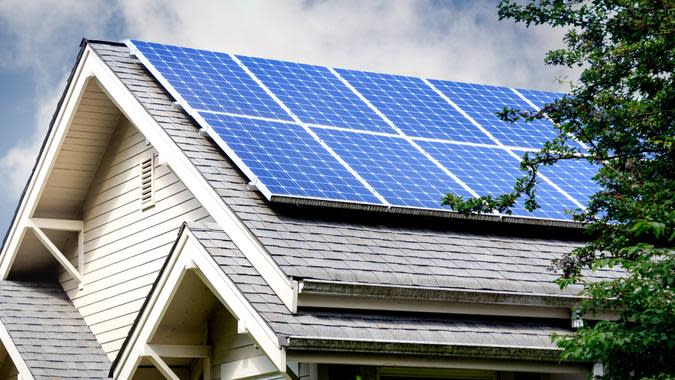
Solar Panels
"It might sound as a big change to make, but as for the advances for now, (the need for solar panels) is where things are headed," said Tal Shelef, realtor and co-founder, CondoWizard. "It is already more affordable and accessible now compared to before. Getting it installed gives a good effect to the environment because solar energy creates clean and renewable power from the sun. It's a very eco-friendly alternative to fossil fuels that greatly reduces carbon footprint at home and lowers greenhouse gases around the world."
The cost to install solar panels varies depending on how many solar panels you need, with Shelef noting that it can cost upwards of $10,000.
Discover: Building a Green(er) Portfolio
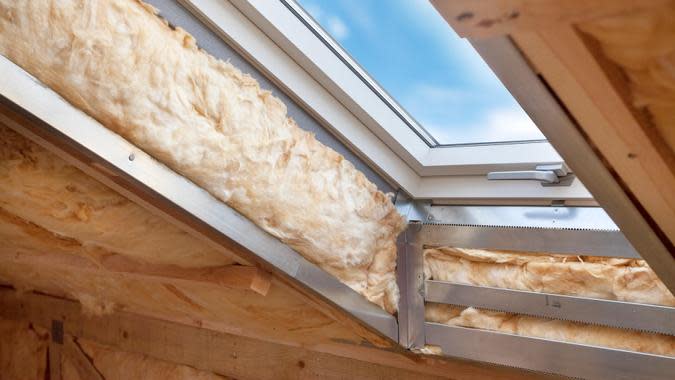
Insulate Your Home in Other Ways
"If you don't have the budget for full insulation-friendly makeovers (like solar panels), the little things can make a huge difference," said Cathryn Bailey, founder of Bomisch.com, a site dedicated to home renovations. "Things like installing draft excluders on your windows and doors, filling any gaps or holes in your exterior or even investing in a smart thermostat which only heats your house when actually necessary."
Good insulation ranges from $700 to $3,300 and you have options like loose-fill fiberglass, cellulose or spray foam insulation which is the most energy-efficient insulation Bailey suggests.
Reno: Home Renovations That Will Pay You Back

Latex Mattresses
"This may come as a surprise to many people, but your traditional mattresses are harmful to the environment," said Joel Phillips, founder, Home Guide Corner. "A rough calculation shows that one year's worth of discarded mattresses in the U.S. takes up about 130,000 square miles of landfill. Opt for natural latex mattresses as they can last more than 25 years and are recyclable."
A natural latex mattress starts at $349 from Avocado Green Mattress.
Budget: 30 Ways To Upgrade Your Home Without Blowing Your Budget

A Light Motion Sensor
"Instead of turning the light on and off every few minutes, use a motion sensor to automatically turn the light off when it's not in use," said Kate Diaz of Swanky Den. "You can also unplug appliances that aren't in use and stop heating or cooling your home when you leave."
A light motion sensor costs around $50 on Amazon.
Read More: Home Improvements That Are Not Legal To Do Yourself

Plants
Plants absorb carbon dioxide, so investing in a few can be effective.
"Bringing plants in the home is something that I'm doing this year to bring down my carbon footprint," said Axel Hernborg, CEO of Tripplo. "Not only does this give my home an aesthetic touch but it relaxes and refreshes my mind too."
The cost depends on how much you are willing to spend and what kind of plants you want to keep, but you should be able to find affordable options at your local garden supply store or Home Depot.
Change: 5 Affordable Ways To Make Over Every Room in Your House
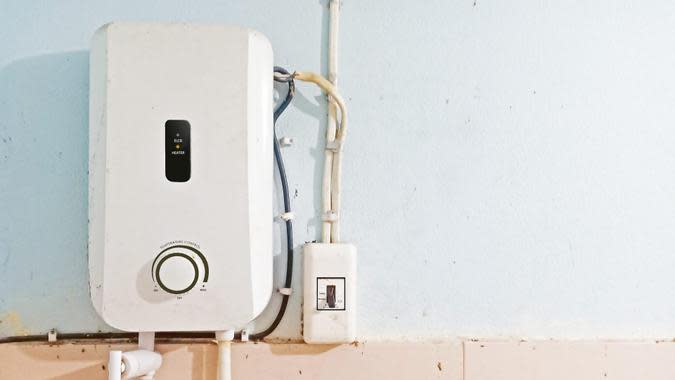
Tankless Energy Heaters (aka On-Demand Water Heaters)
"Unlike hot water tanks, tankless energy heaters don't have to keep a large hot water tank hot, therefore eliminating the standby energy loss that occurs with traditional tank water heaters," said Cisco DeVries, energy expert, former aide to the U.S. secretary of energy during the Clinton administration and CEO of OhmConnect. "Tankless water heaters units can cost anywhere from $500 to $1,000, however, ENERGY STAR certified tankless water heaters use an average of 30% less energy than storage water heaters, and that will translate to great cost savings over time."

Smart Thermostats
"Swap that average thermostat for a Smart Thermostat, like Google Nest," DeVries said. "Smart thermostats monitor your energy use and behavior, and will automatically adjust its settings to make your home as energy efficient as possible (and) can save you an average of 10% to 12% on heating and 15% on cooling -- that's nearly $145 annually."
A Google Nest thermostat goes for around $215 on Amazon.

A Pressure Cooker
"As a home chef and baker, my biggest tip to reduce your carbon footprint is to purchase a pressure cooker," said Michelle Keldgord, co-founder, BakingHow. "They make cooking a breeze and you will use less energy (up to 66% less) than a stove or oven. Not only that, but it won't heat up your home, so you use less energy for the A/C unit, too."
A pressure cooker costs about $64 on Amazon.

Energy-Efficient Exterior Paint
"Depending on the climate of where you live, the color of your home's exterior (including the roof), energy-efficient exterior paint will help you cut carbon emissions," said Phillip Ash, the founder of Pro Paint Corner. "If you live in a warm climate, choose light colors, which will reflect heat, keeping your home cooler and lowering your cooling costs. If you live in a cold climate, choose dark colors to absorb heat."
Ash estimates that it can cost up to $4,000 to paint a 2,500-square-foot property, including professional painters' labor and materials cost.
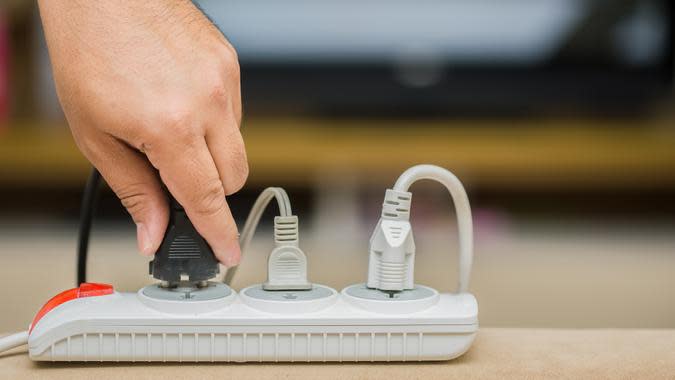
Smart Power Strips
"While they are convenient, (power strips are) not necessarily the most power-saving outlets," said Mark Dawson, COO of Mister Sparky, Benjamin Franklin Plumbing and One Hour Heating & Air Conditioning. "Everything that's plugged into the power strip will continue to draw power even if you're not using it. Smart power strips reduce the amount of power your home uses by shutting down the items that are plugged into the strip and have gone into standby mode. Printers, computers and TVs are a few of many home devices that frequently go into sleep mode and can benefit from smart power strips."
Smart power strips found on Amazon retail for about $20.
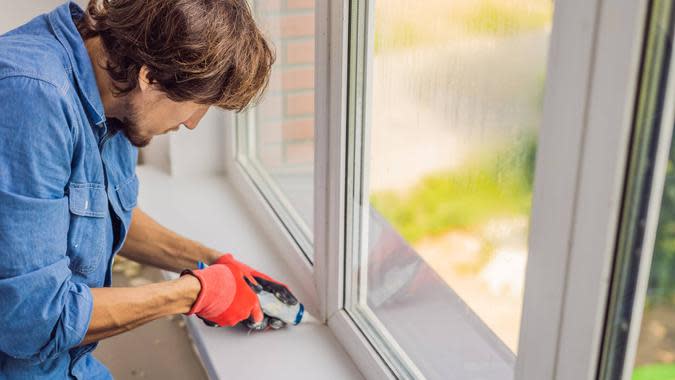
Energy-Efficient Window Installations
"Upgrading to energy-efficient windows decreases homes' environmental footprint because they reduce the amount of air that escapes, therefore your home will use less energy to heat or cool it," said David Steckel, home expert at Thumbtack. "Plus, you'll see a dramatic change in your heating and cooling bill, as well."
Steckel added that the average price for window replacements is about $493.
More From GOBankingRates
This article originally appeared on GOBankingRates.com: These 11 Home Upgrades Reduce Your Carbon Footprint — Here’s How Much They Cost

 Yahoo Finance
Yahoo Finance 